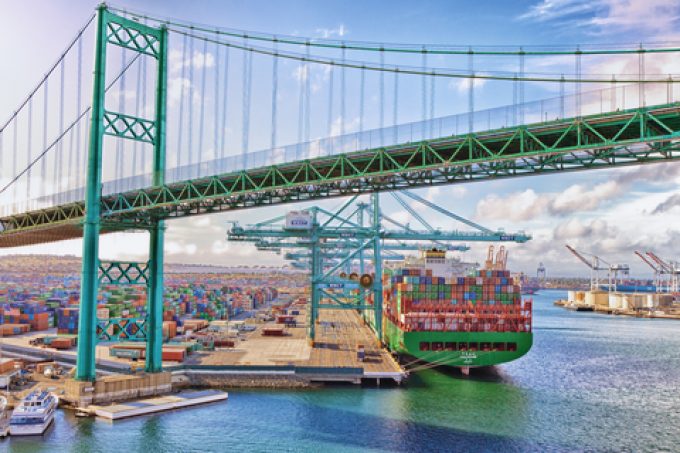ILA VP Daggett rebuts claims US ports are 'inefficient', but hits out at low investment
The window for front-loading cargo before a US port strike – or tariffs – is ...

US shippers and forwarders are offering conflicting pictures of the migration of freight from west to east coast ports.
The National Retail Federation (NRF) is concerned that a number of issues could see congestion return to west coast ports, so they are “diversifying the risk” by sending cargo to east and Gulf coast gateways.
At the TPM23 Conference in Long Beach, NRF VP supply chain and customs policy Jonathan Gold said there were a number of issues on the west coast that ...
Volcanic disruption at Anchorage could hit transpacific airfreight operations
Macron calls for ‘suspension’ – CMA CGM's $20bn US investment in doubt
Forwarders stay cool as US 'liberation day' tariffs threaten 'global trade war'
Shippers snap up airfreight capacity to US ahead of tariff deadline
De minimis exemption on shipments from China to the US will end in May
Tighter EU import requirements proving 'a challenge' for forwarders
Looming Trump tariffs will create 'a bureaucratic monster' for Customs

Comment on this article